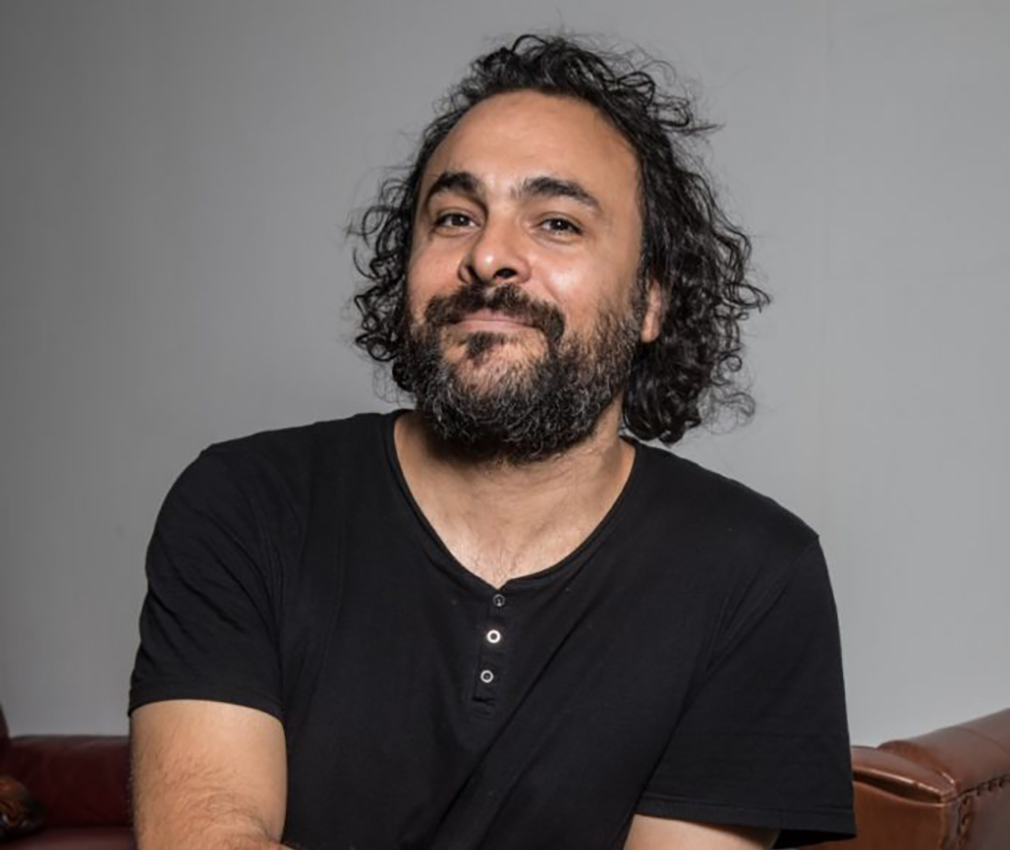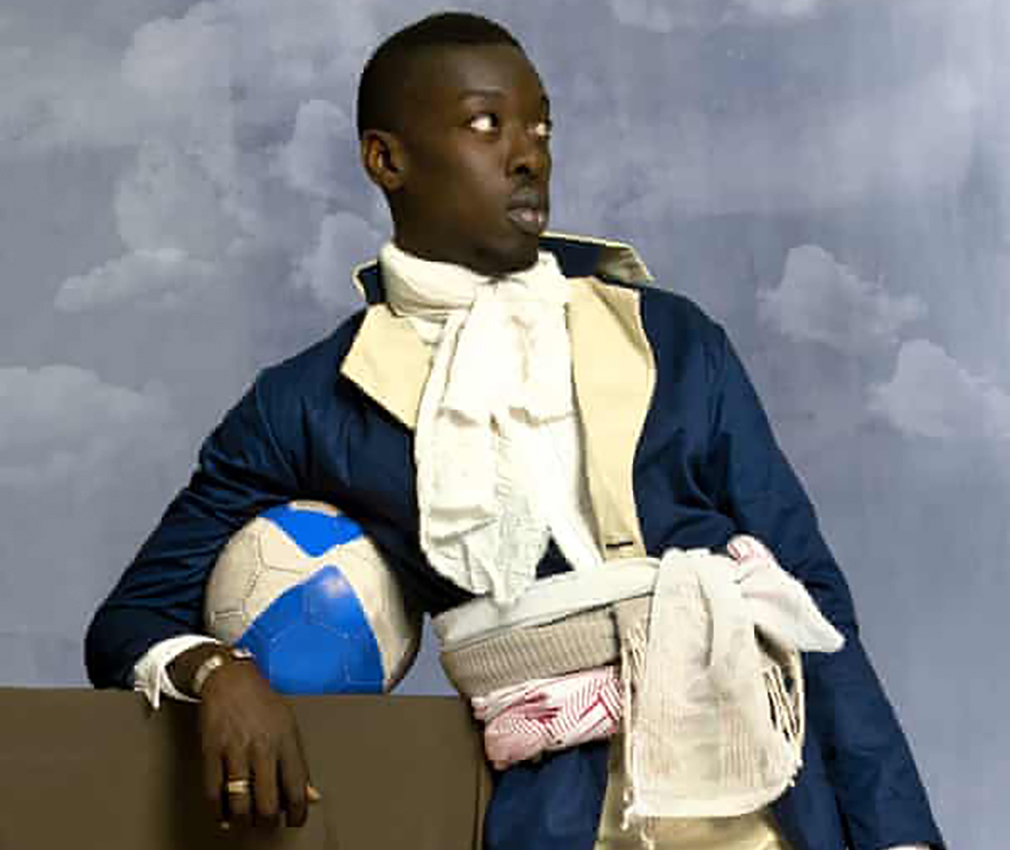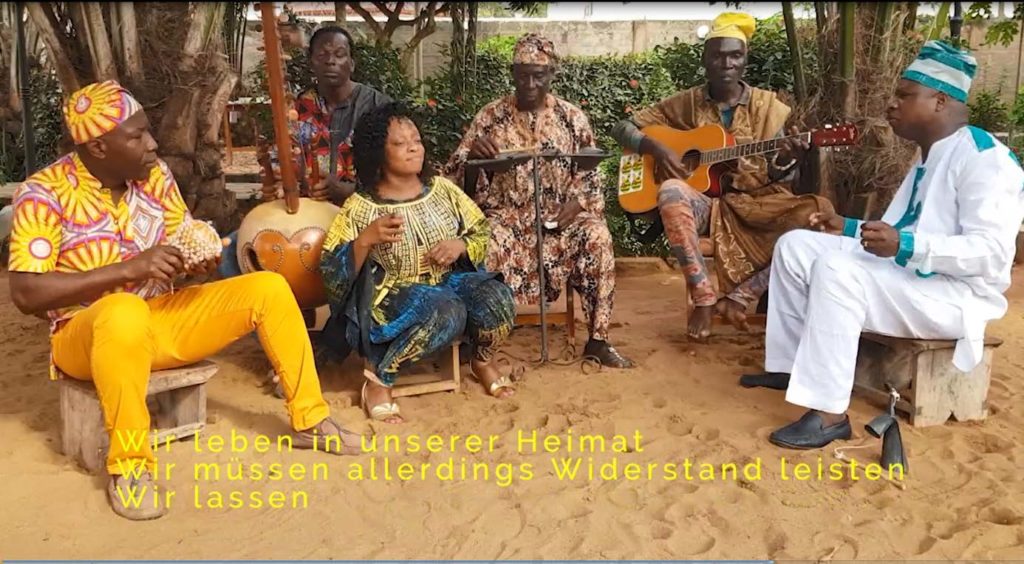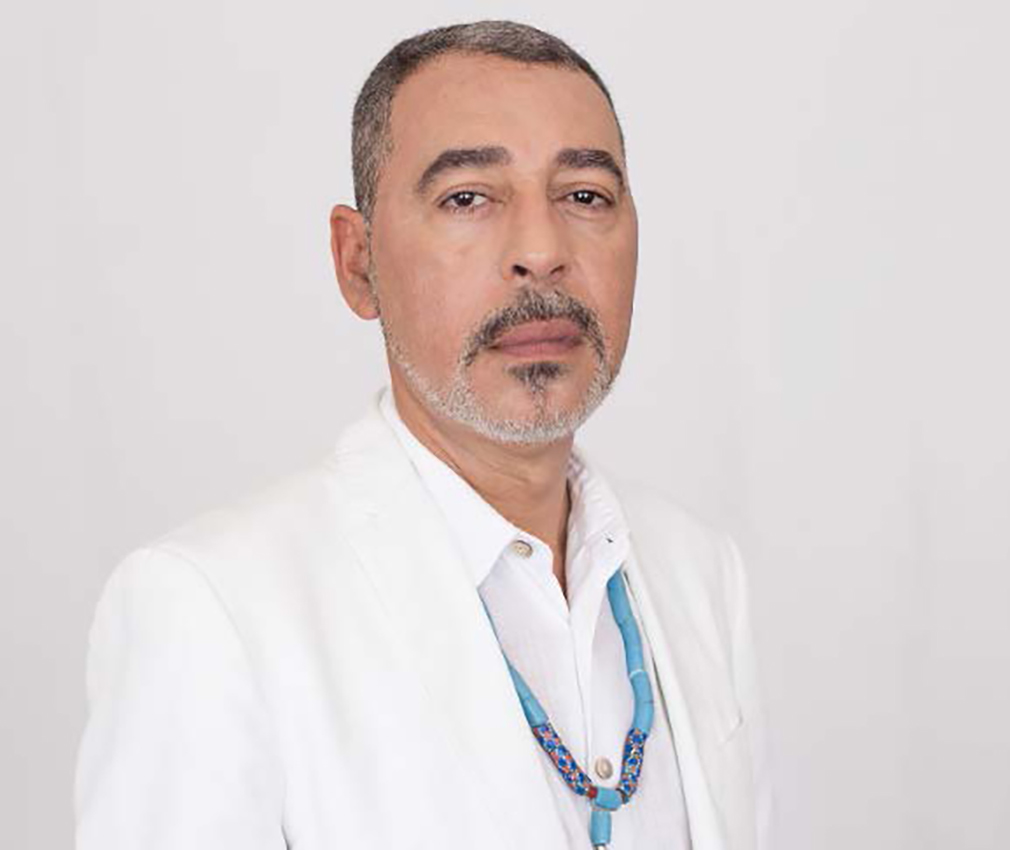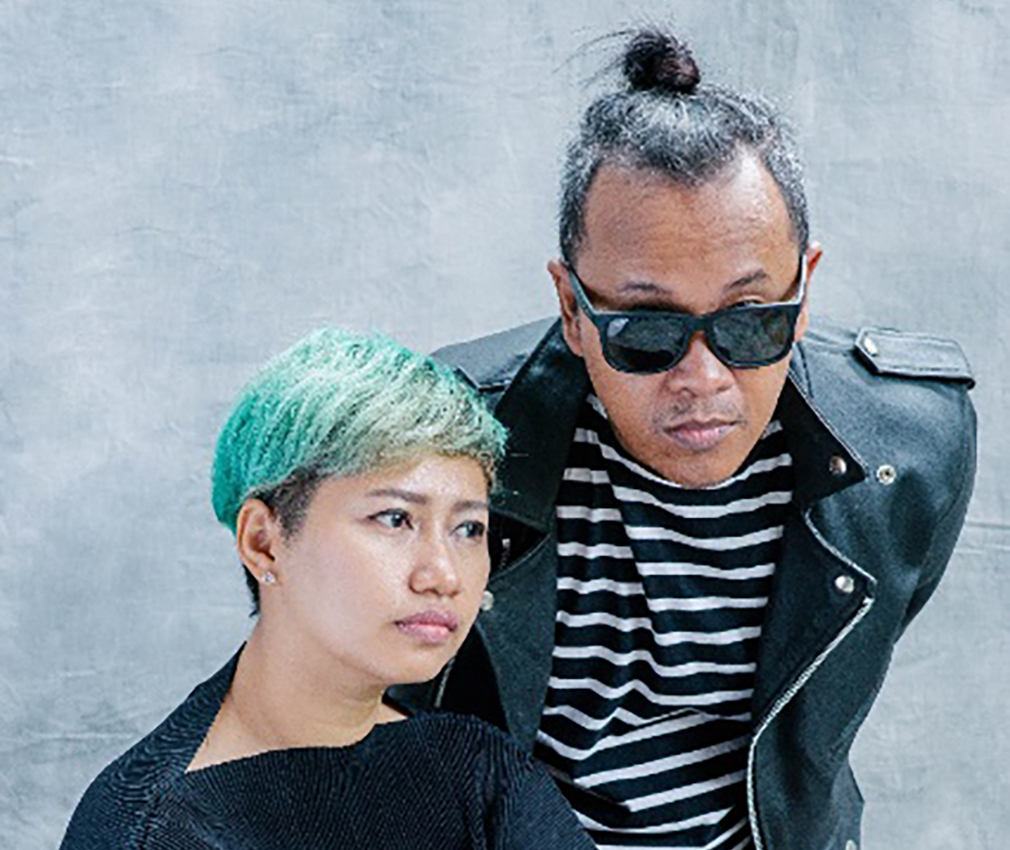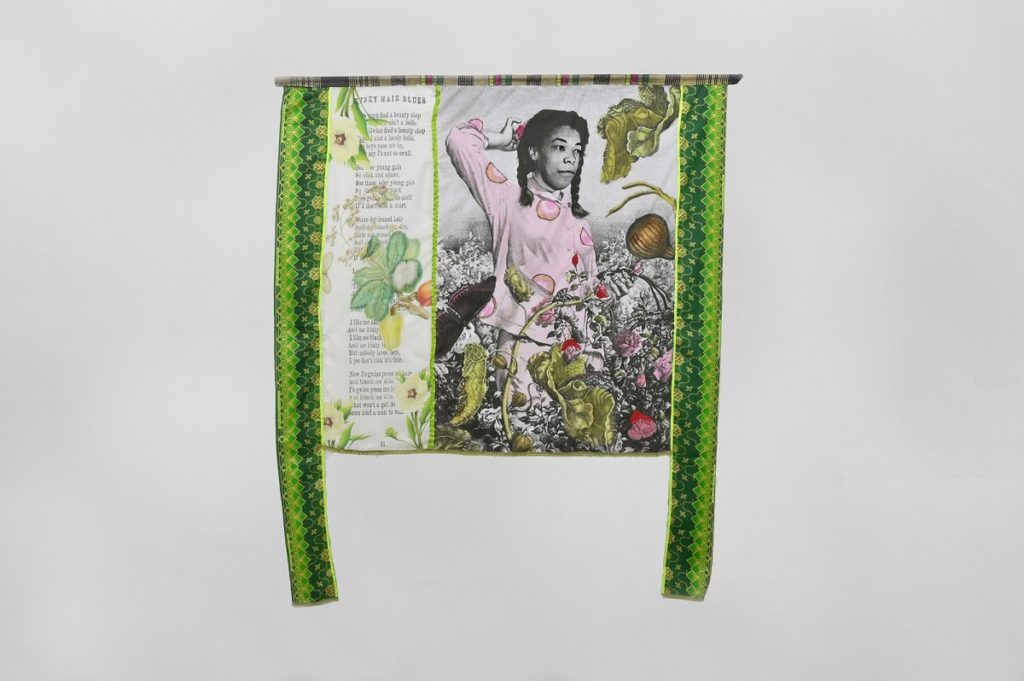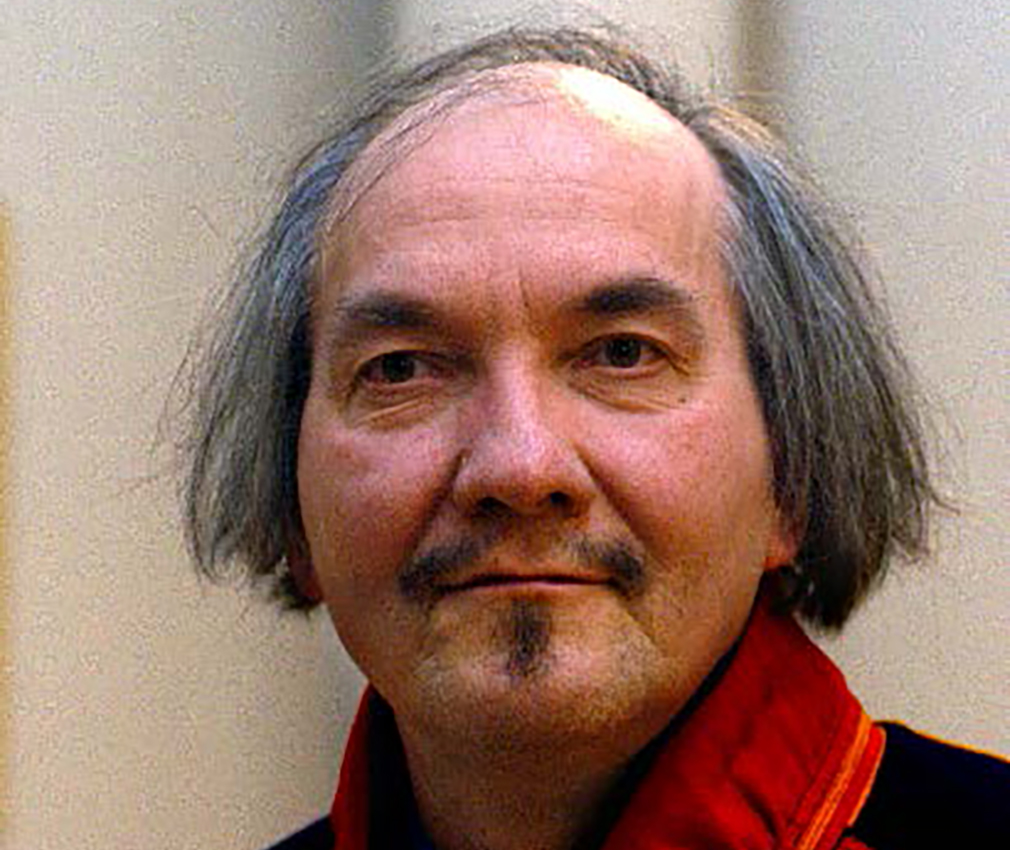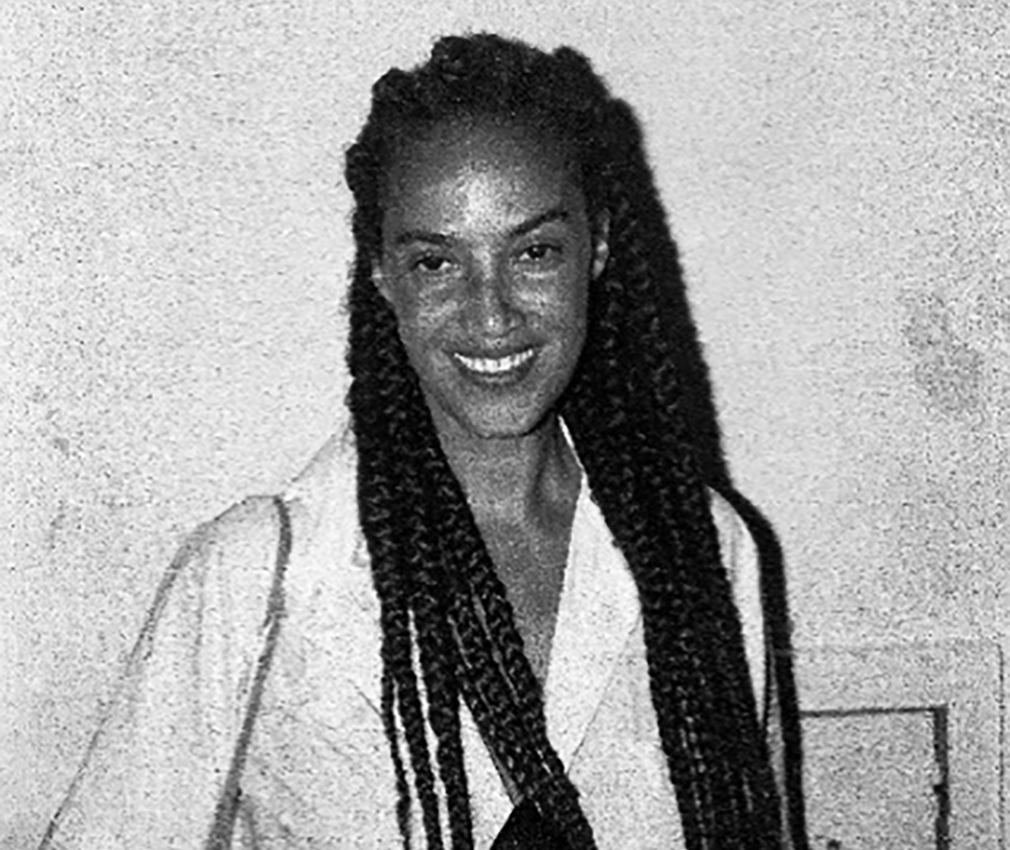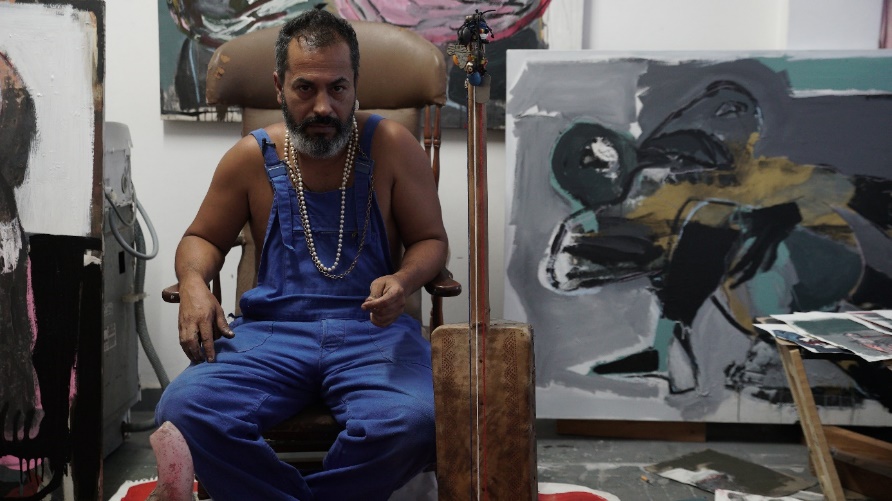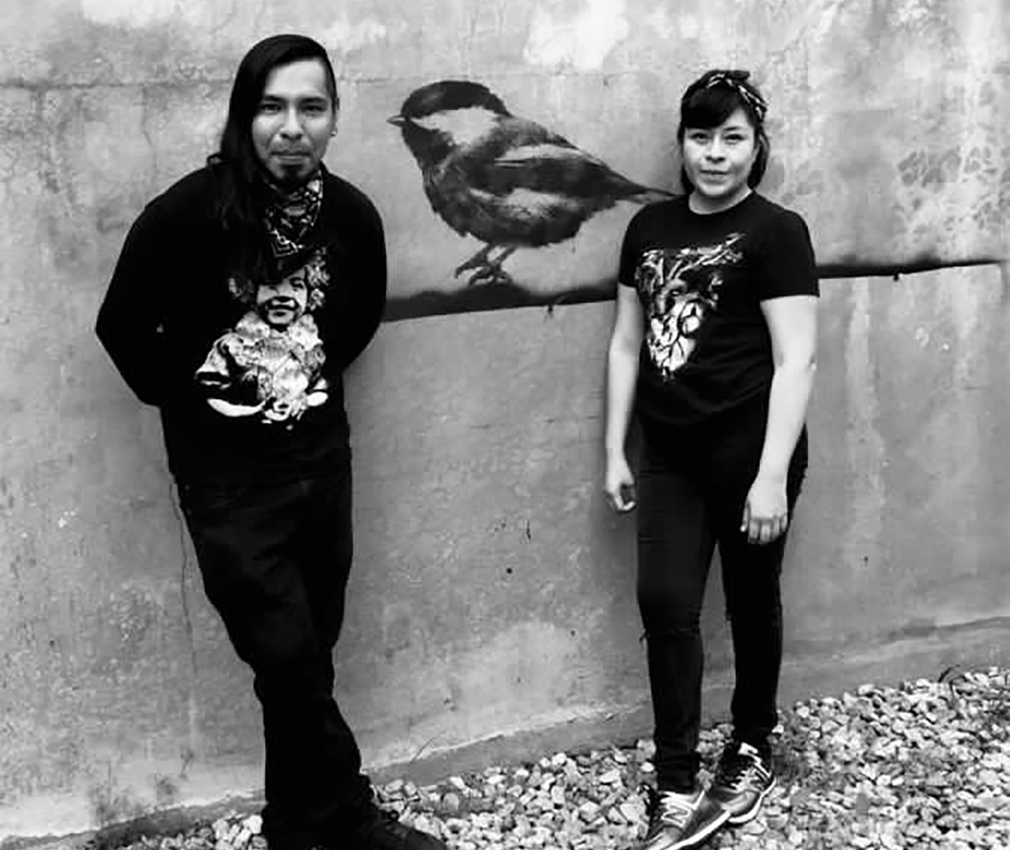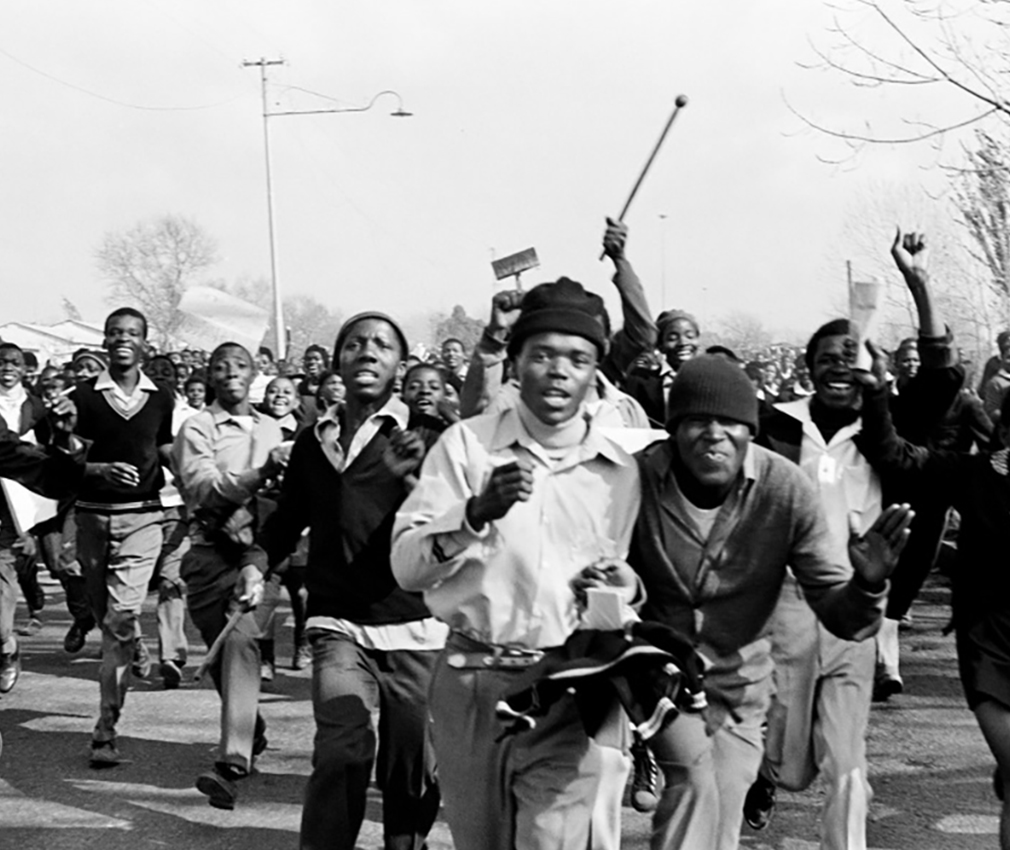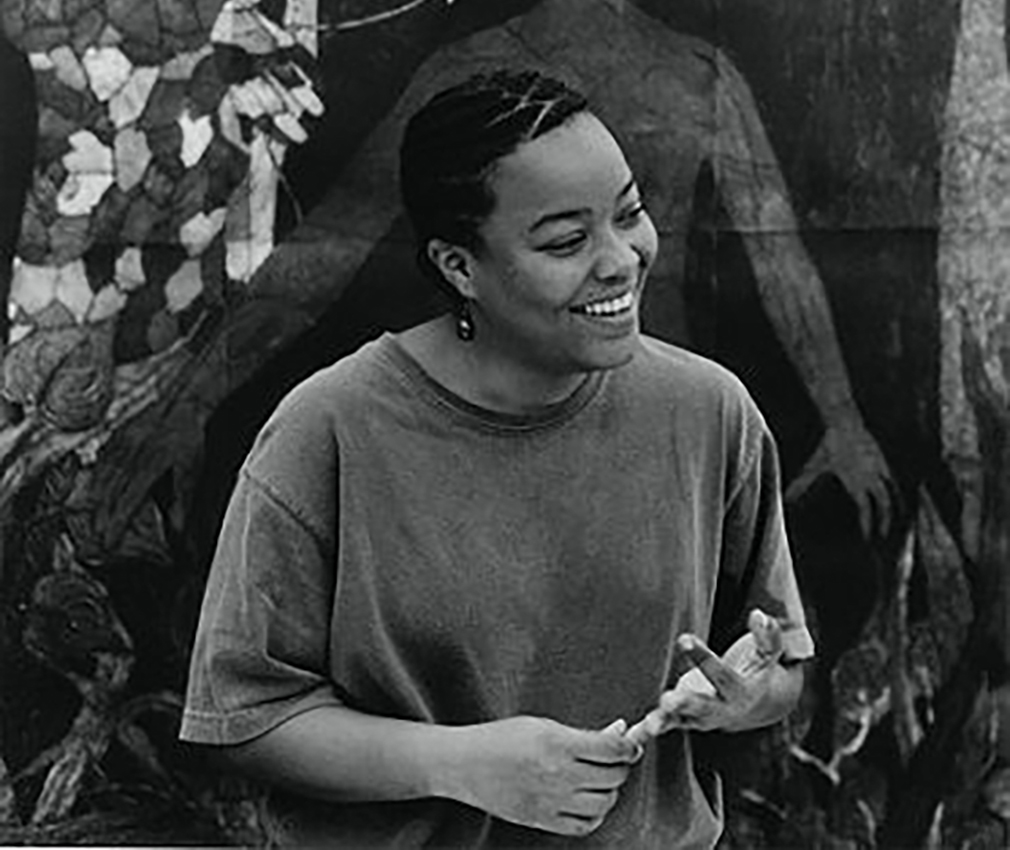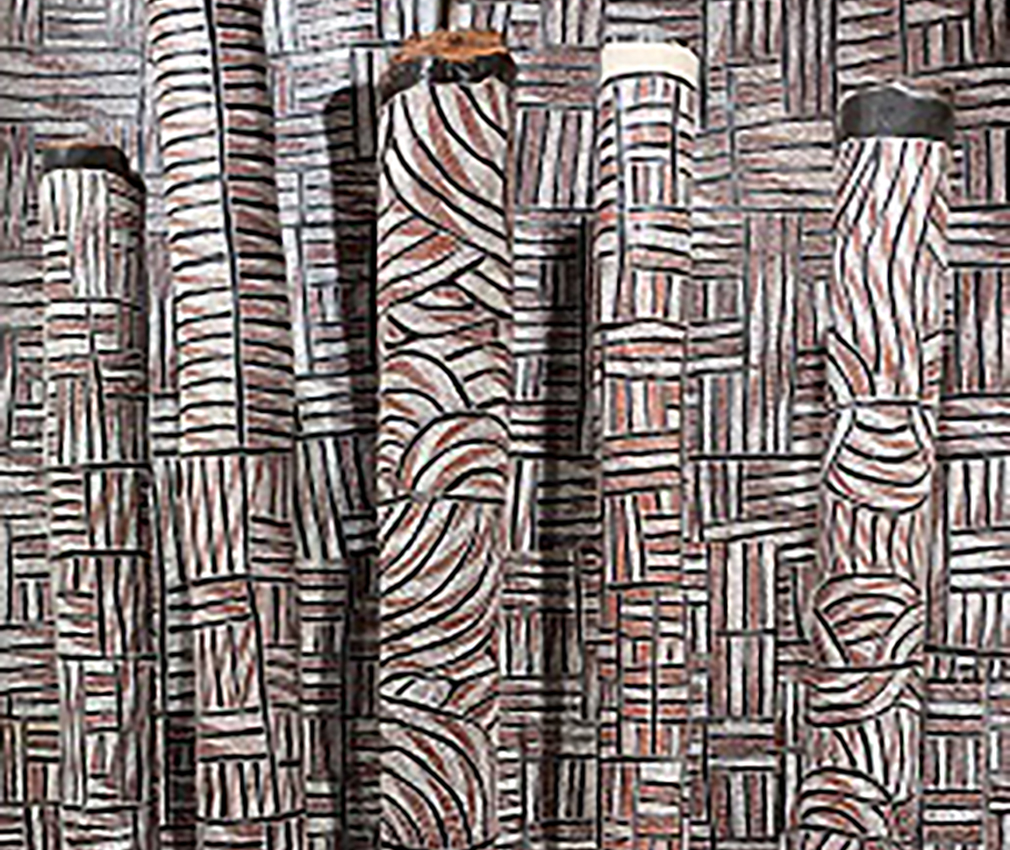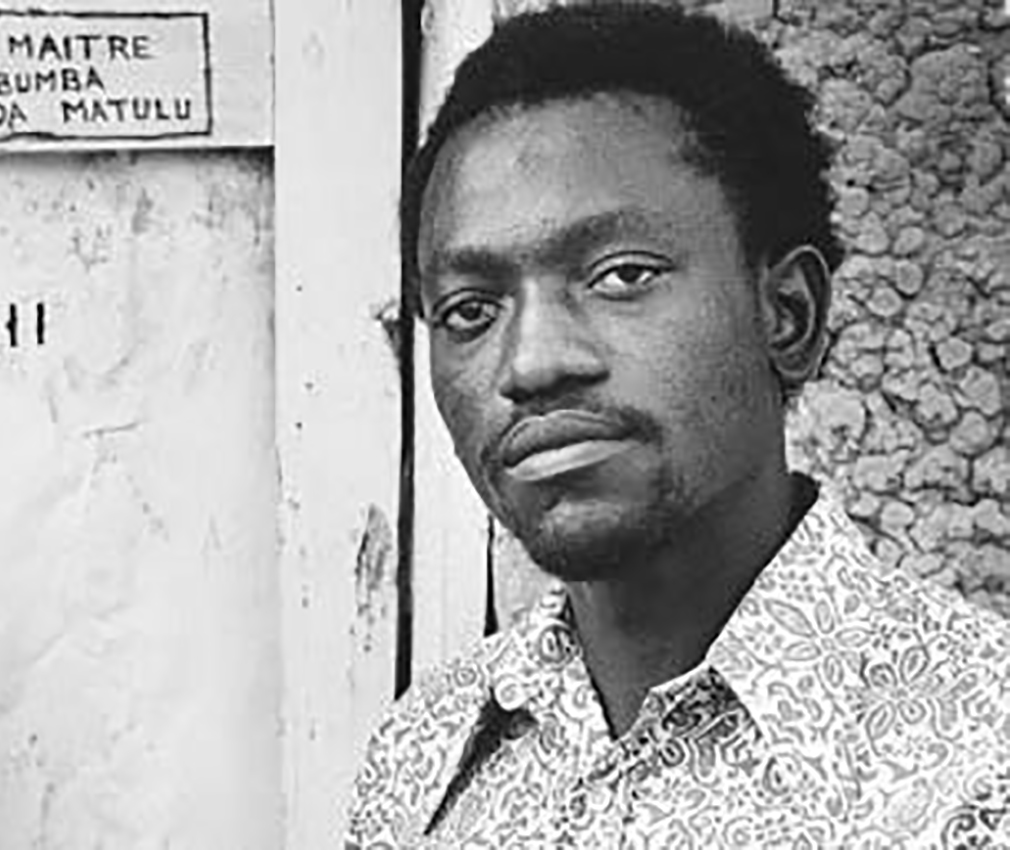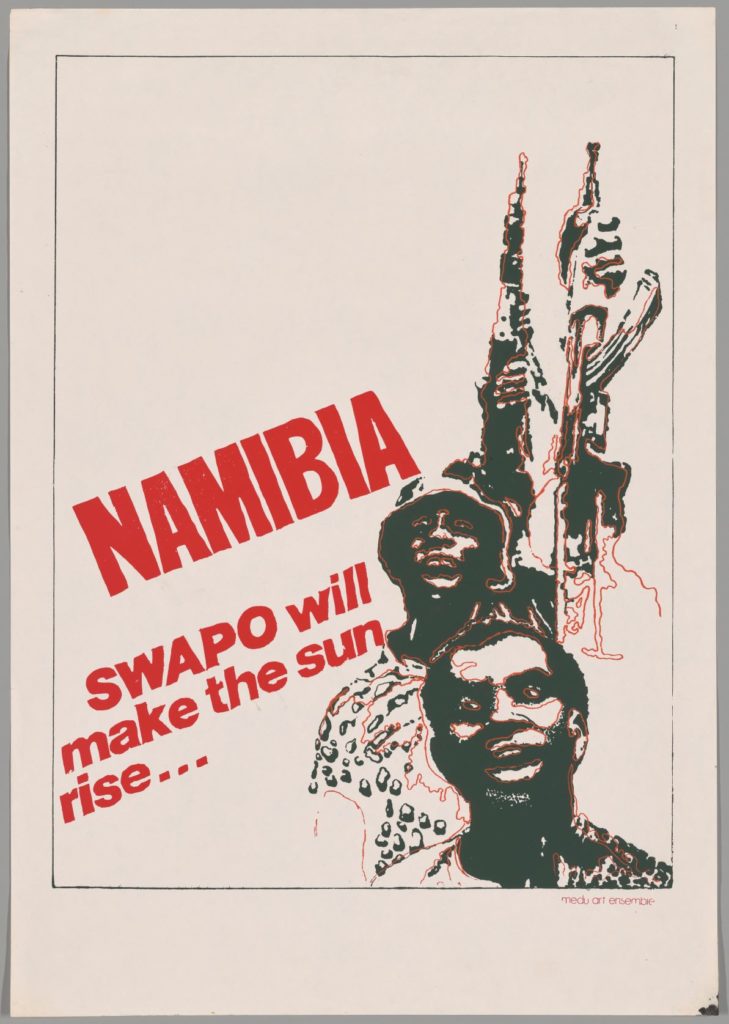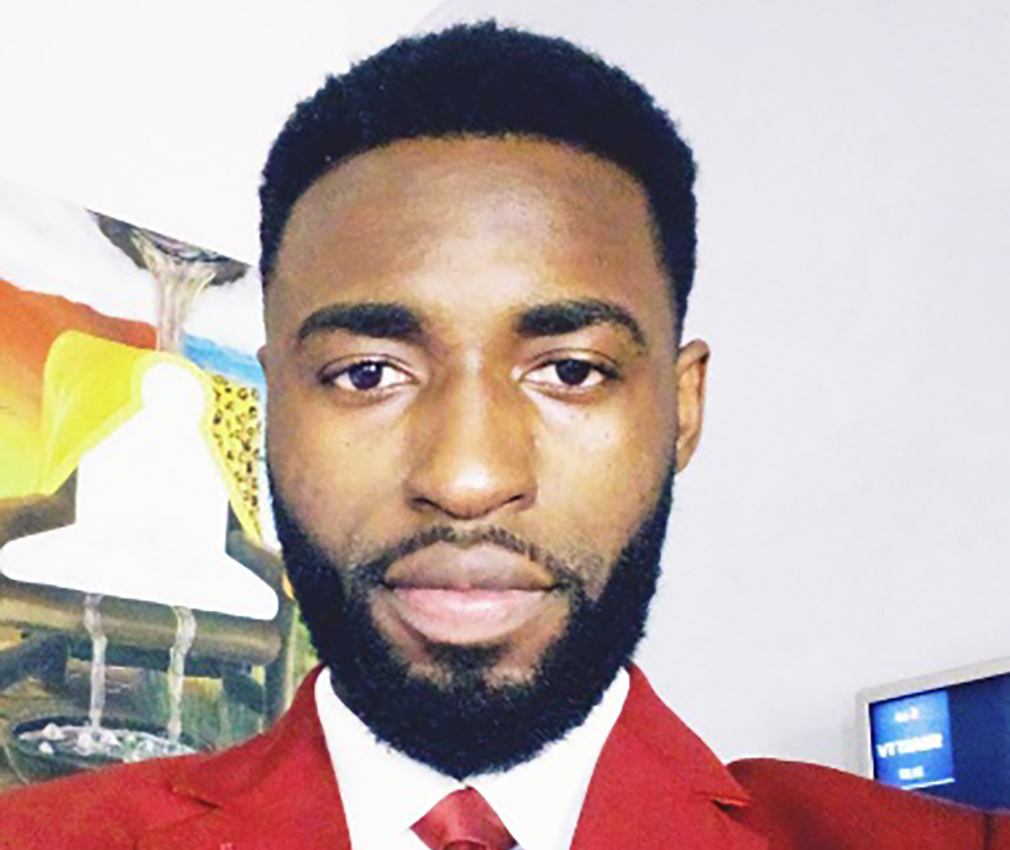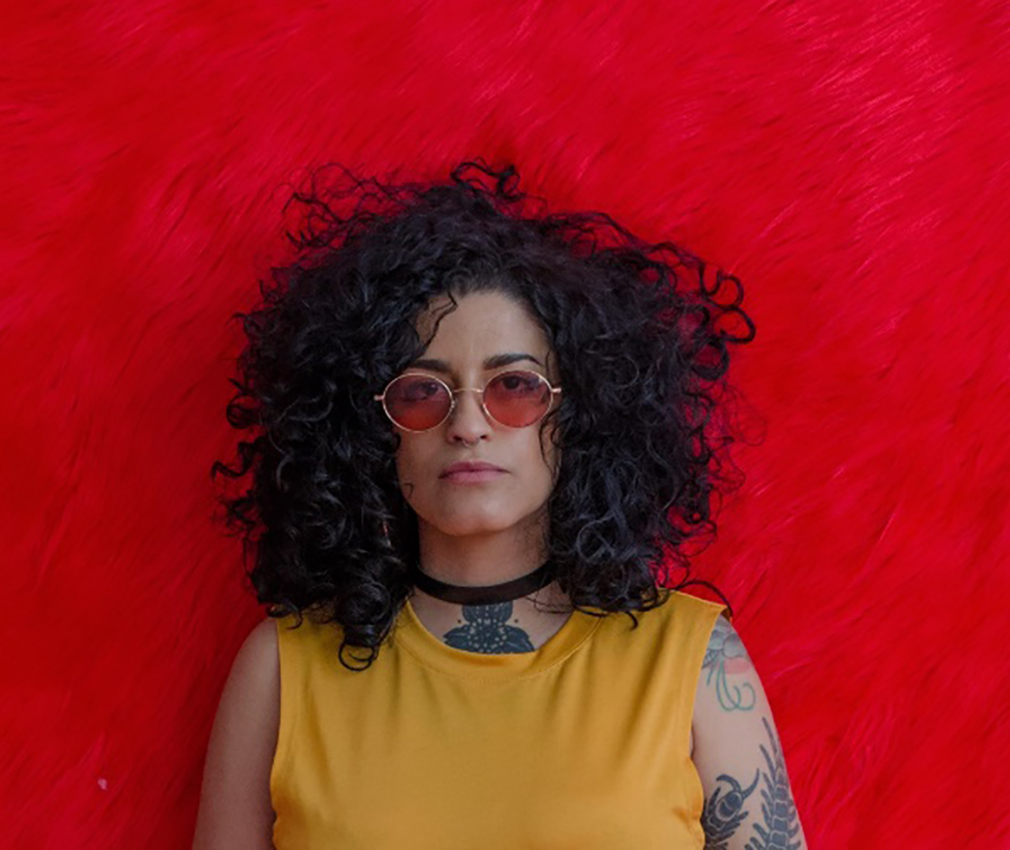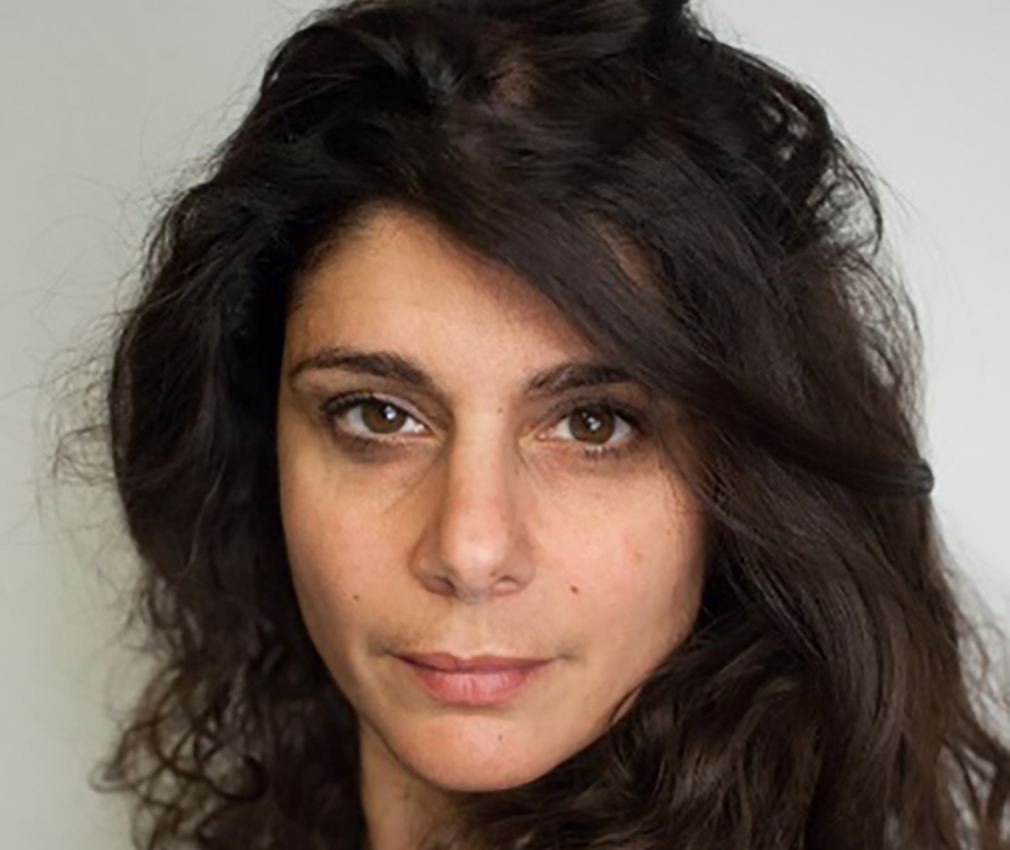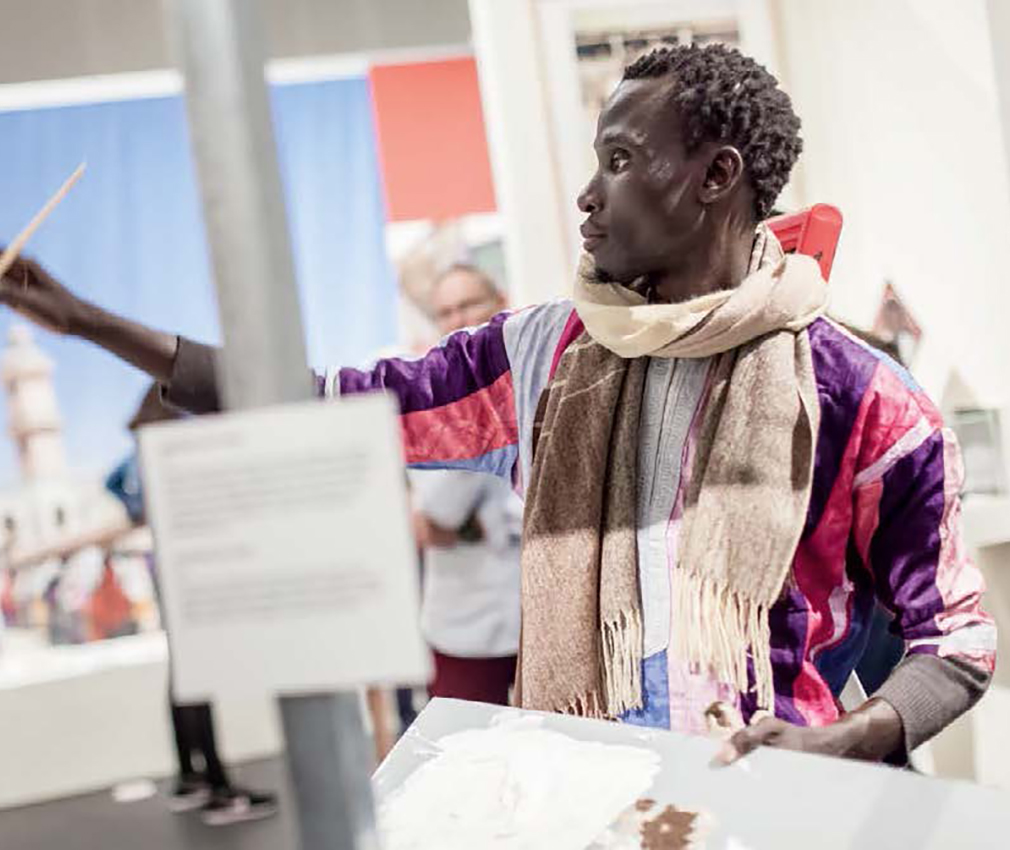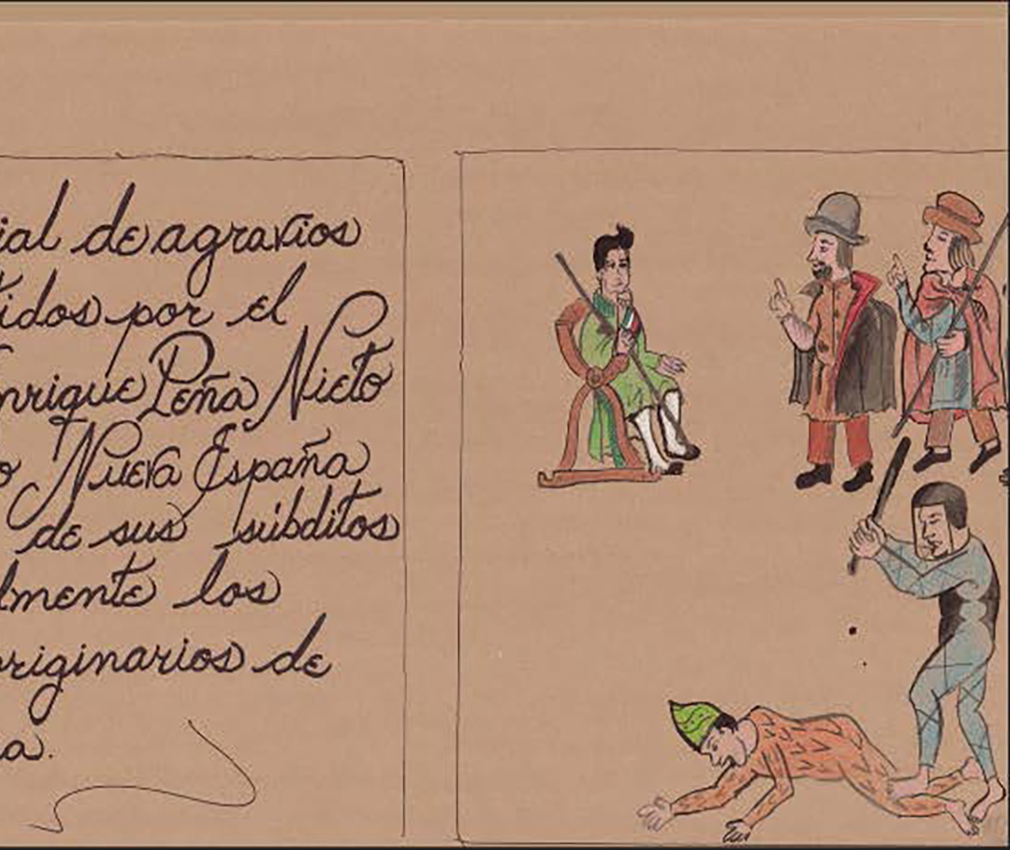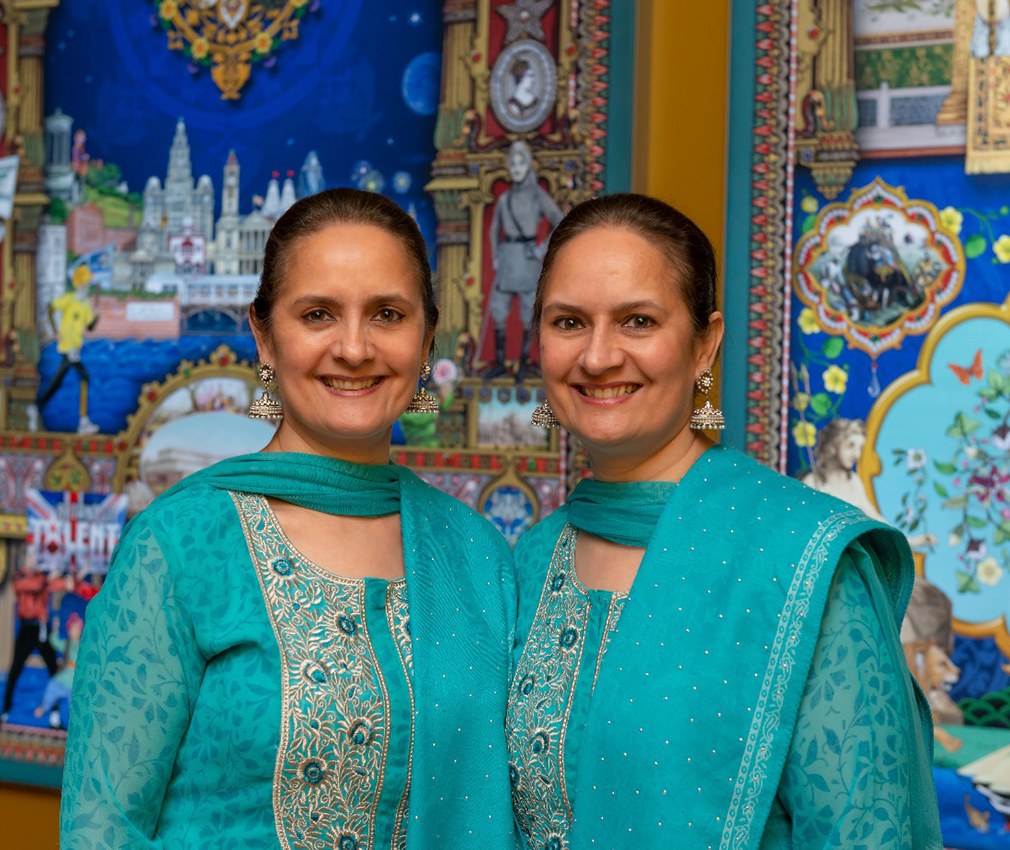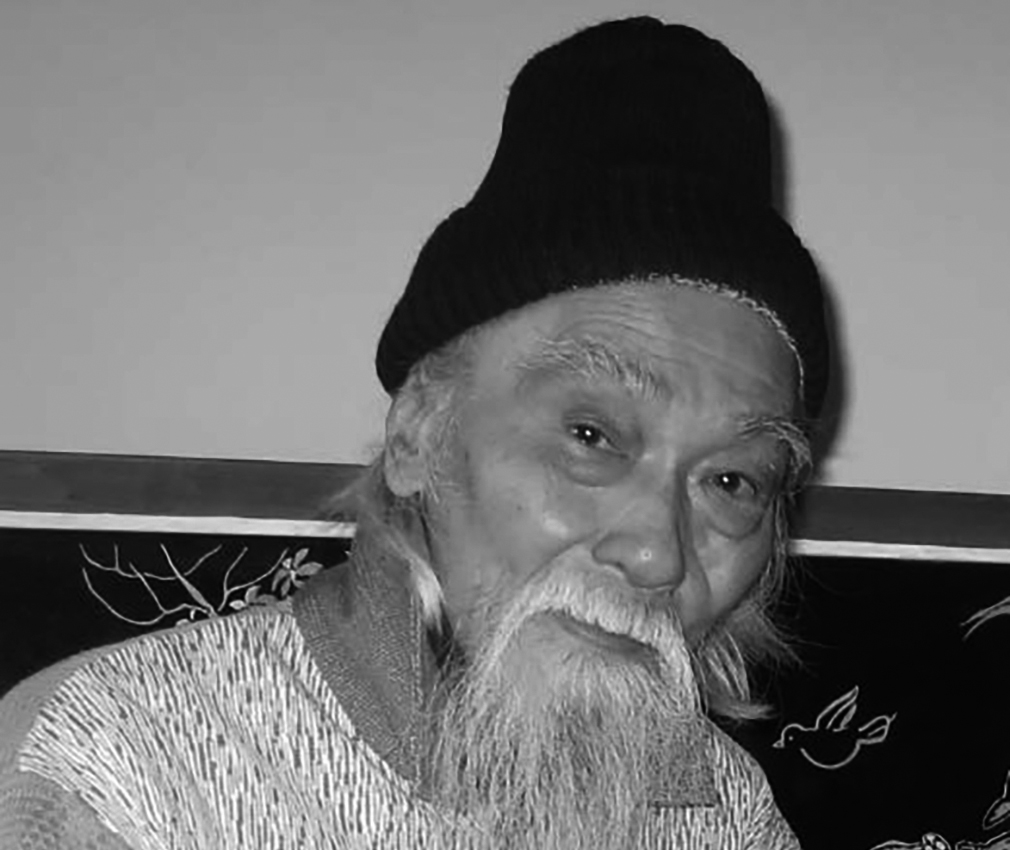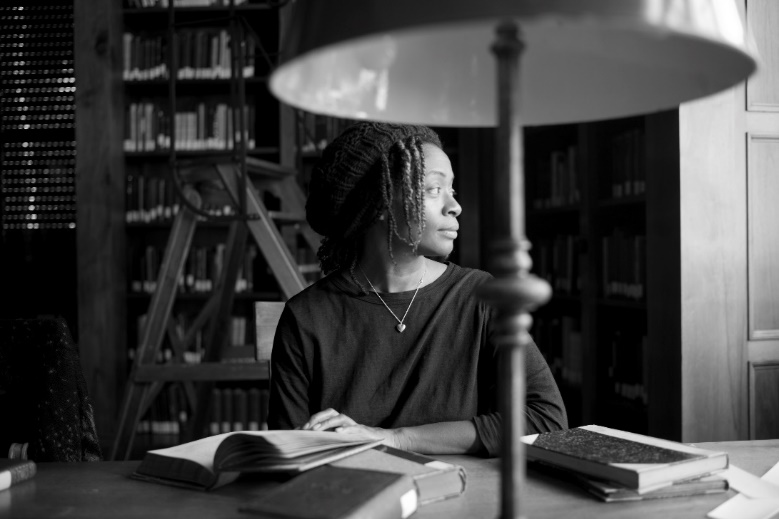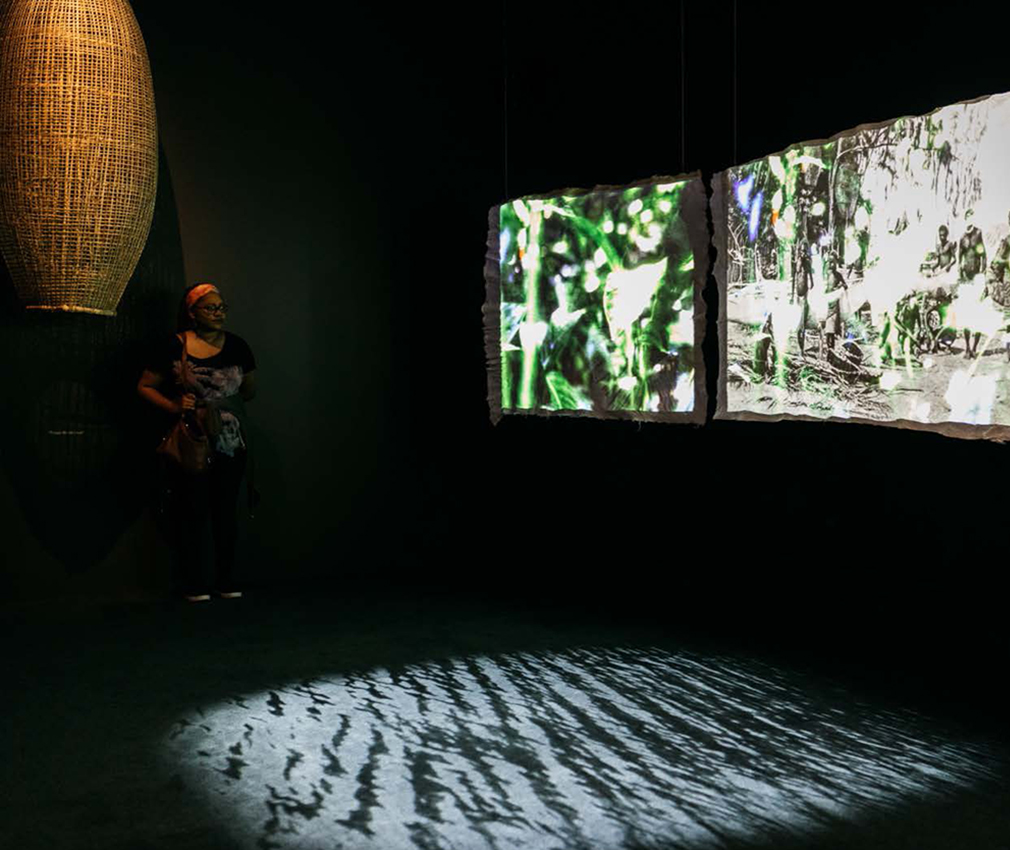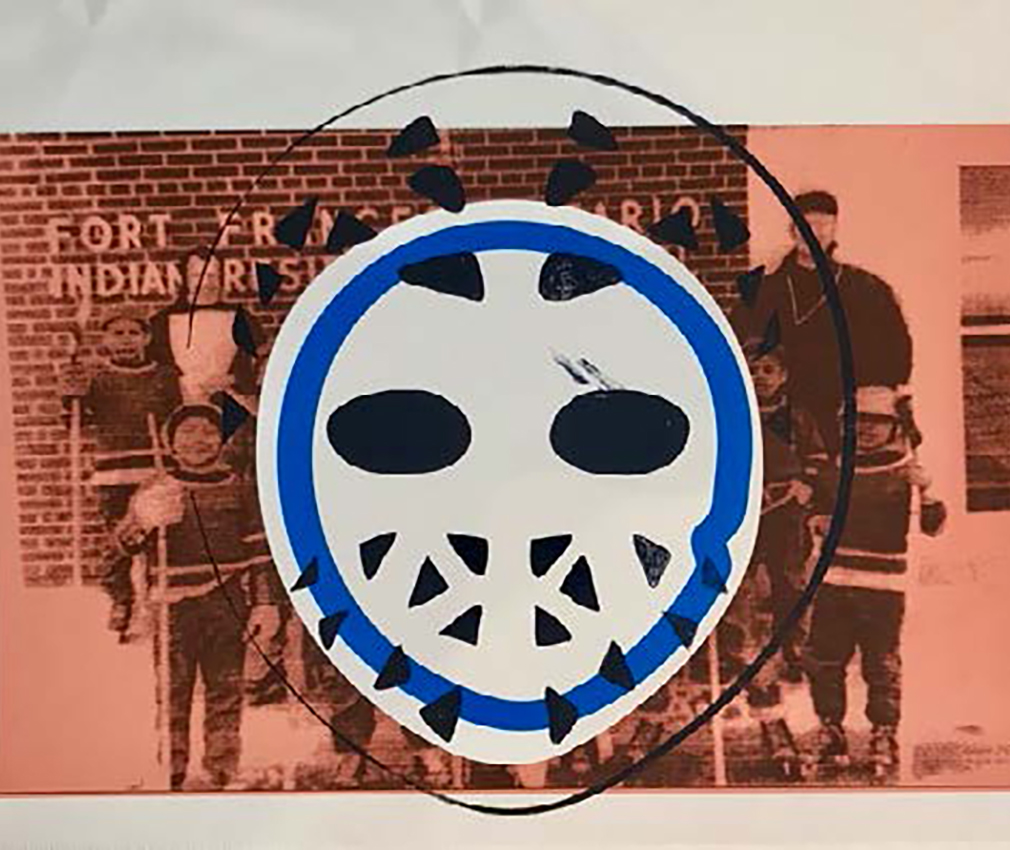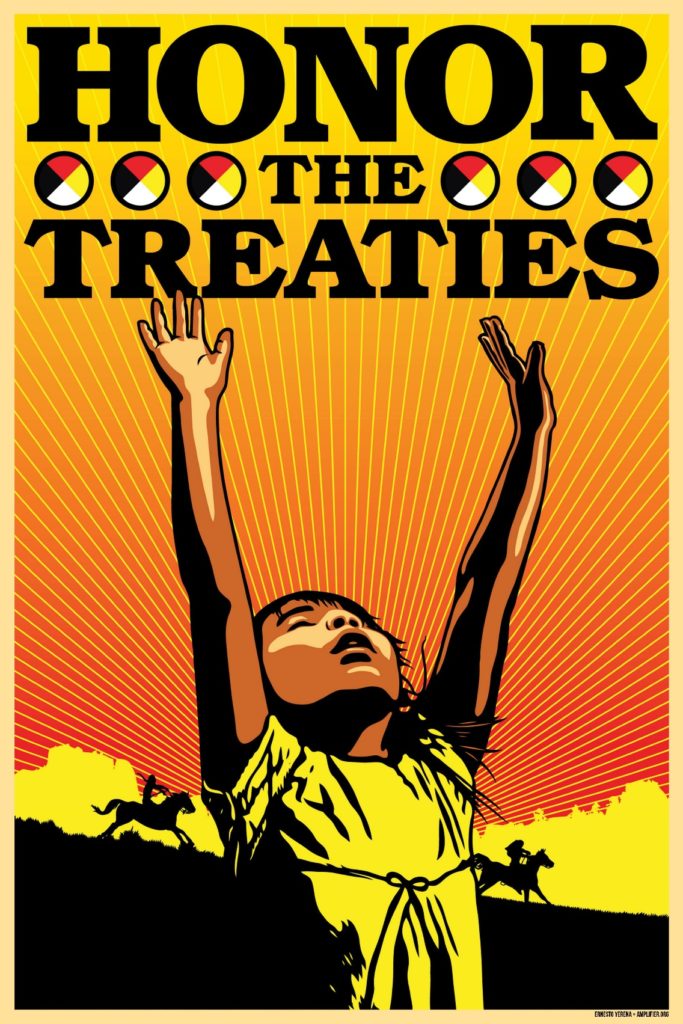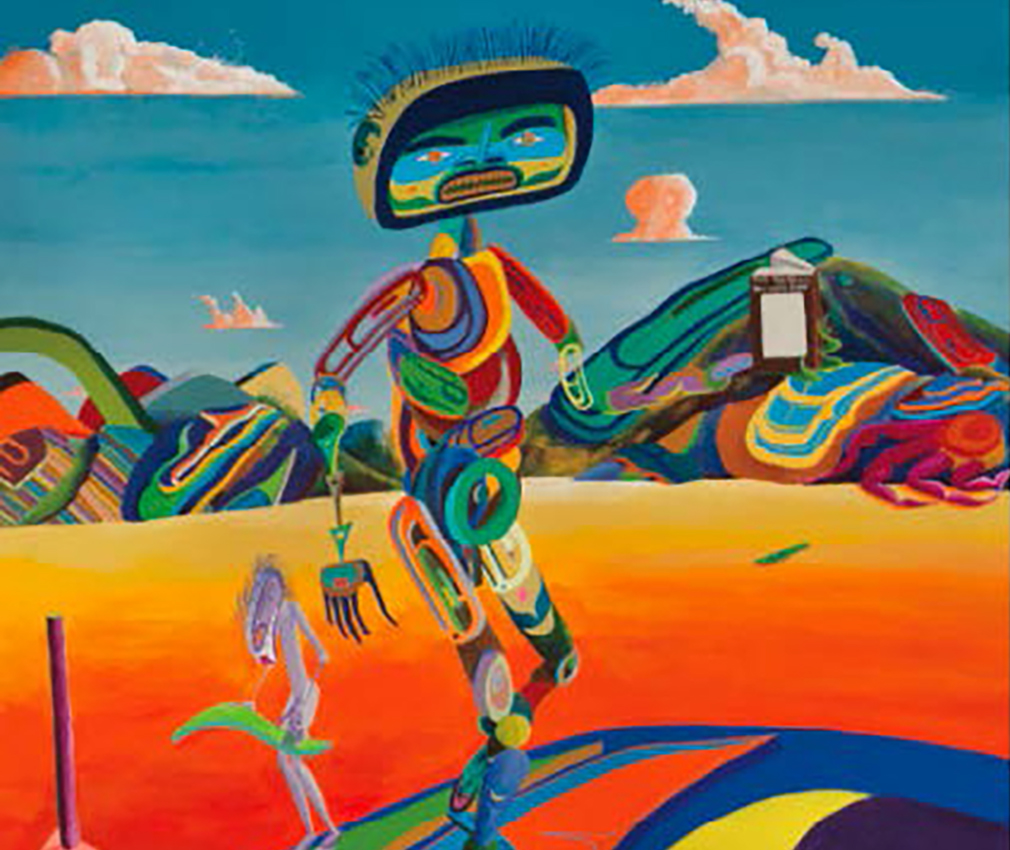Artists
More than 40 contemporary artists from the Global South and the Diaspora presented works that explore stories of rebellion and war, violence and trauma, and survival and resilience.
Kader Attia
Kader Attia (born in 1970 in Dugny, France/ lives and works in Berlin and Algeria) grew up in France and Algeria. His work explores the continuities of Westernised cultural and political capitalism in the Middle East and North Africa, resistance to colonisation and its impact on Arab youth, particularly in the banlieues of France where Kader himself has lived. In his use of different materials, symbols and sizes in each new artistic series, Kader places a consistent focus on decolonising bodies of knowledge through a transcultural, transdisciplinary and intergenerational approach.
Omar Victor Diop
Omar Victor Diop (born in 1980 in Dakar, Senegal/ lives and works in Paris, France) is a photographer who focuses on combining photography and design to capture the diversity of modern African societies and lifestyles. His body of work includes fine art, fashion and commercial photography. He loves to mix his photographs with other art forms such as costume design, styling and creative writing. His works are controversial and intriguing, forward-thinking and inspired by historical visual traditions, as well as his African visual heritage.
Compagnie GAKOEKOE
The “racontottes” are little stories told at evening gatherings around the fire or under the palaver tree. The six storytellers, who have much experience in performing on the African and European stages, bring stories to life. Spinning and turning, jumping back and forth, these stories take up the German invasion of Togo in 1884. Here, history becomes a jumble of anecdotes and jokes.
Ayrson Heráclito
Ayrson Heráclito (born in 1968 in Macaúbas, Brazil / lives and works in Salvador de Bahia, Brazil) is a visual artist, scholar, professor and curator. He lives and works in Cachoeira and Salvador, Brazil. His work oscillates between installation, performance, photography and audio-visual media. Primarily focusing on elements of Afro-Brazilian culture and its connections to Africa as well as the diaspora in America, he dedicates much of his work to the criticism of slavery and racism. Heráclito is considered one of Brazil’s most important contemporary artists.
indieguerillas
The artist couple Santi Ariestyowanti and Dyatmiko “Miko” Bawono (born in 1975 & 1977 in Indonesia/ live and work in Yakarta, Indonesia) from Indonesia became the “indieguerillas” in 1999. The duo’s unique multidisciplinary practice interweaves traditional techniques and contemporary culture, reflecting the reality of Javanese people struggling to find their way in a fast-paced consumer society. Their art-making process itself is a ritual of self-criticism and a method of self-reflection.
Patricia Kaersenhout
Keviselie/Hans Ragnar Mathisen (born in 1945 in Áhkkánjárga/Narvik, Norway / lives and works in Sapmi, Norway) is an artist and writer. Keviselie studied art in Oslo (1971-78) and was an early member of the Sami Artist Group, who returned to their homeland in 1970 to fight for self-determination and decolonisation. His work, which includes a detailed map of the Sami region, played a major role in the revival of Sami culture and language and has been featured in several solo and group exhibitions.
Keviselie/ Hans Ragnar Mathisen
Keviselie/Hans Ragnar Mathisen (born in 1945 in Áhkkánjárga/Narvik, Norway / lives and works in Sapmi, Norway) is an artist and writer. Keviselie studied art in Oslo (1971-78) and was an early member of the Sami Artist Group, who returned to their homeland in 1970 to fight for self-determination and decolonisation. His work, which includes a detailed map of the Sami region, played a major role in the revival of Sami culture and language and has been featured in several solo and group exhibitions.
Grada Kilomba
Grada Kilomba (born in 1968 in Lisbon, Portugal / lives and works in Portugal and Germany) is an interdisciplinary artist, writer and theorist whose work explores memory, trauma, gender and postcolonialism, questioning concepts like knowledge, power and violence. She translates texts into images, installations and movements, using such genres as staged readings, videography and photography. Her goal is to disrupt white narratives and find new decolonised words and images. Her work has been featured at renowned exhibitions. In 2012, she was a visiting professor for gender and postcolonial studies at the Humboldt University in Berlin.
Mohammed Laouli
The artist Mohammed Laouli was born in Salé, Morocco in 1972 and studied philosophy in Rabat, Morocco. He lives and works in Marseille. His artistic work focuses on people living on the margins of society. In his videos, photographic works and public actions, he also addresses conditions of politically engaged artistic practice in Morocco. His approach includes a critical look at the political, cultural and economic systems of power that surround him, especially the post-colonial relations between France and the Maghreb.
LaPiztola
Lapiztola (the artists live and work in Oaxaca, Mexico) is a collective consisting of the designers Roberto Vega and Rosario Mtz and the architect Yankel Balderas. Their shared name is derived from the Spanish words lapiz (pencil) and pistola (gun). Together, they create works that highlight and denounce injustice. Working mainly with stencil and screen printing, they create street art to protest and visually communicate with society, bringing a personal touch to urban space.
Peter Magubane
Peter Magubane (born 1932 in Johannesburg, South Africa) is a South African photojournalist known for his photographs that capture important moments in South African history. His black-and-white images portray historical events such as the 1956 march of 20,000 women on the Union Buildings in Pretoria and the Sharpeville Massacre in 1960. He was the first Black South African to receive the “Best Press Photo of the Year” award in 1958. Magubane has won international recognition and worked for Time magazine and the United Nations, among other organisations.
Belkis Ayón Manso
Belkis Ayón Manso (born in 1967 in Havana, Cuba / died in 1999 in Havana, Cuba) was a Cuban graphic designer, printmaker, curator and professor. She studied engraving at the San Alejandro Academy in Havana and took part in numerous international exhibitions. Her works blend together a variety of facts and myths regarding the all-male secret society, Abakuá, which is still in existence. This society harbours mythical ideas about the African slaves shipped to America, such as the figure of Sikán, a female explorer destined to reveal divine mysteries. Ayón Manso assigns to this female figure the leading role in the myth, thus challenging the prevailing patriarchal structure. With her prints and collagraphs full of dark silhouettes and ghostly white figures, Ayón Manso is considered a pioneer in the art of printmaking.
Dhuwarrwarr Marika
Dhuwarrwarr Marika (born in 1946 in Australia / lives and works in East Arnhem Land, Australia) is a daughter of the former Rirratjiŋu clan leader Mawalan, who originally welcomed Christian missionaries to settle on his land, today’s settlement of Yirrkala. With deteriorating eyesight, poor health and after consultation with his sons, brothers and the elders of the group, Mawalan allowed his daughter to help him.
Tshibumba Kanda Matulu
Tshibumba Kanda Matulu (born in 1947 in Lubumbashi, Congo disappeared 1981 in Congo) was a Congolese painter. The artist illuminates the turbulent history of the Democratic Republic of Congo chronologically and in detail, in a relatively simple, almost cartoon-like style, often with added explanatory lines of text. In 2000, the Tropenmuseum in Amsterdam dedicated an exhibition to Kanda Matulu, and in 2017 the series “101 Works” was shown at documenta 14.
Medu Art Ensemble
The Medu Art Ensemble (the artists lived and worked in South Africa) was a collective of South African and international artists working in film, graphics, theatre, music, photography, poetry, literature and publishing who came together in 1978 in response to racial segregation and apartheid policies. The group was founded by Serote and Thamsanqa (Thami) Mnyele. They called themselves Medu, which means “roots” in the Sepedi language, as they operated in the underground or from exile. Many Medu members were politically persecuted. Their posters – mainly based on offset lithographs and silkscreen prints – call for protest against social and economic oppression and criticise the effects of colonialism.
Franky Mindja
To ensure that the story of the resistance fighter Rudolf Duala Manga Bell against German colonial rule is not forgotten, the Association Initiative Perspektivwechsel e.V. and the Cameroonian cartoonist Franky Mindja (born 1994 in Yaoundé, Cameroon / lives and works in Yaoundé, Cameroon) captured it as a comic in 2019.
Luiza Prado de O. Martins
Luiza Prado‘s (born in 1985 in Rio de Janeiro, lives and works in Berlin) poetic works are based on intensive artistic, scholarly and scientific research. In them, she illuminates the connections between environmental destruction, colonial history and biopolitical control over racialised bodies. These reflections are then linked to an analysis of the current neo-fascist policies of the Brazilian government. In her research, Prado reveals how the plight of the indigenous population has been exacerbated by the pandemic and the strategic ignorance about this matter exhibited by those in power. She convincingly presents overcoming trauma and building resilience as radical forms of decolonial resistance.
Nura Qureshi
Nura Qureshi (born in 1977 in Germany/ lives and works in Berlin, Germany), a photographer and mixed-media visual artist, studied photography at the Academy of Art University in San Francisco. In her photographs, Qureshi explores places and practices associated with the darkest aspect of human history, such as war, colonialism and genocide. Drawing on archival work and interviews, she investigates collective memory, the historical archive and individuals’ relationships to their shared past.
Mamadou Sall
Mamadou Sall (born in 1980 in Rufisque, Senegal / lives and works in Rufisque, Senegal) is a Senegalese artist specialising in reverse glass painting, a technique in which the paint is applied directly to glass, which is then laterally reversed. He paints a variety of motifs for both tourists and Senegalese art lovers. Many of his works show the life and work of Sheikh Amadou Bamba (1853-1927), one of the great Islamic mystics of West Africa. At the end of the 19th century, he founded the Mouride brotherhood, a Sufi community which preaches a peaceful Islam. As an artist-in-residence at the Rautenstrauch-Joest-Museum (2016/17), Mamadou Sall created two murals for the exhibition Pilgern – Sehnsucht nach Glück? (“Pilgrimage – Longing for Bliss?”) These also represented a customary way to worship Sheikh Amadou Bamba.
Juan Manuel Sandoval und Diego Sandoval Ávila
The anthropologist Juan Manuel Sandoval of the National Museum of Anthropology in Mexico City and his son Diego, a visual artist, drew the Ayotzinapa Codex together with children in the tradition of pre-Hispanic pictorial manuscripts. Since 2015 it has been exhibited once a month in the museum to commemorate the alleged murder of 43 indigenous students from Ayotzinapa by the police and drug cartels and to demand the investigation of this state-organised crime. On 26/27 September 2014, they were on their way to Mexico City for a commemorative demonstration in memory of the brutal suppression of the 1968 student protests by the police and army. The narrative of the codex links the description of pre-Hispanic, colonial and current cruel acts of injustice. The last page shows demonstrators against neo-colonial conditions with protest shouts in the form of pre-Hispanic ‘scrolls’ (volutes).
The Singh Twins
The Singh Twins (live and work in Liverpool, England) are internationally renowned contemporary British women artists whose award-winning work has been described by Sir Simon Schama as the artistic face of modern Britain. Through their artworks, they challenge the commonly accepted Eurocentric perception of heritage and identity in art and society. As honorary citizens of Liverpool and recipients of an MBE and two honorary doctorates, their “outstanding contribution” to art has been recognised and noted in the Oxford Encyclopedia of Women in World History. Much of their work, which they describe as ‘past-modern’, deals with socio-political issues as well as narratives of colonial history.
HUỲNH VĂN THUẬN
After the August Revolution in 1945 and the outbreak of the First Indochina War (1946 – 1954), the Vietnamese artist Huỳnh Văn Thuận (1921 – 2017) joined the resistance movement against the former coloniser, France, and its renewed invasion. He was one of the so-called “combat artists” sent to the front by the Communist government in Hanoi to document the war.
Kara Walker
The African-American artist Kara Walker (born in 1969 in Stockton, CA, USA/ lives and works in New York) is particularly known for her silhouettes. What first appears to be nostalgic shadow puppetry reveals itself on closer inspection as an uncanny examination of slavery and racism in North America. These images unflinchingly confront one’s own repressed fears and the traumas of slavery.
Wantok Music Society
Wantok Music Foundation (living and working in Thornbury, Australia and Papua New Guinea) is a not-for-profit music label that records, releases and promotes the culturally informed music of Indigenous groups in Australia, Melanesia and Oceania. Wantok Music raises the local and international profile of Indigenous and world music groups based in the region and provides artists with greater economic opportunities and long-term career prospects.
Tania Willard
Tania Willard (born in 1977 in Armstrong, British Columbia, Canada) is an Indigenous Canadian multidisciplinary artist, graphic designer and curator known for combining traditional Indigenous art practices with contemporary ideas. Willard’s ongoing collaborative project BUSH Gallery is a conceptual gallery based on Indigenous knowledge. Willard is an assistant professor at UBC Okanagan in the Syilx Territories, and her current research focuses on rural art practices, among other topics.
Ernesto Yerena
Ernesto Yerena Montejano was born in El Centro, CA, a mid-sized farming town bordering Mexico. His art practice reflects his observations of the views and interactions between the Mexican communities living on both sides of the U.S.-Mexico border. Through his brazen imagery, the artist brings political concerns to light with subject matter that depicts cultural icons, rebels and everyday people voicing their stance against oppression.
Lawrence Paul Yuxweluptun
Lawrence Paul Yuxweluptun (born in 1957 in Kamloops, British Columbia, Canada) is a Canadian painter. His strategy is to document and promote change in contemporary Indigenous history in large-scale paintings, using Coast Salish cosmology in British Columbia, formal design elements of the Northwest Coast and Western landscape tradition. His paintings address political, environmental and cultural issues. Yuxweluptun’s work has been featured in numerous international group and solo exhibitions. In 1998, he was awarded the Vancouver Institute for the Visual Arts (VIVA) prize.


